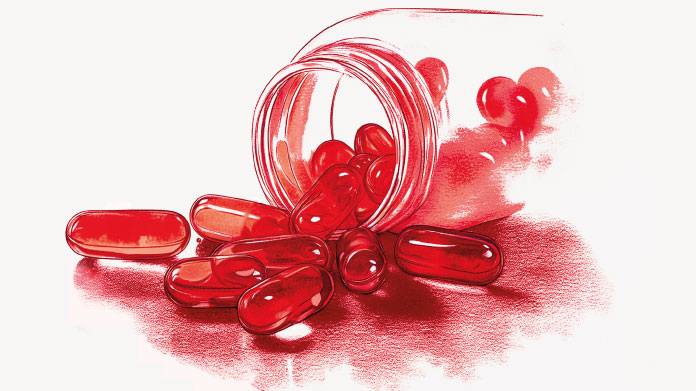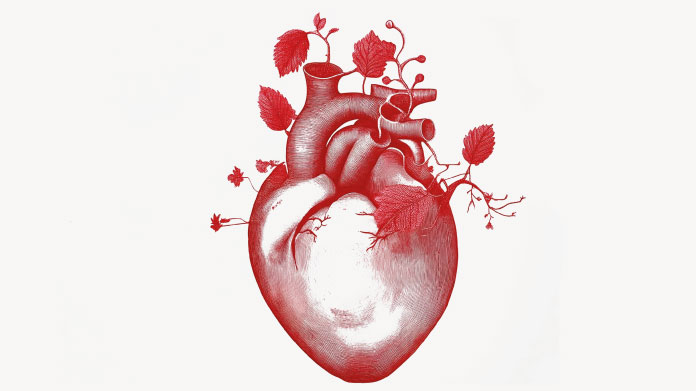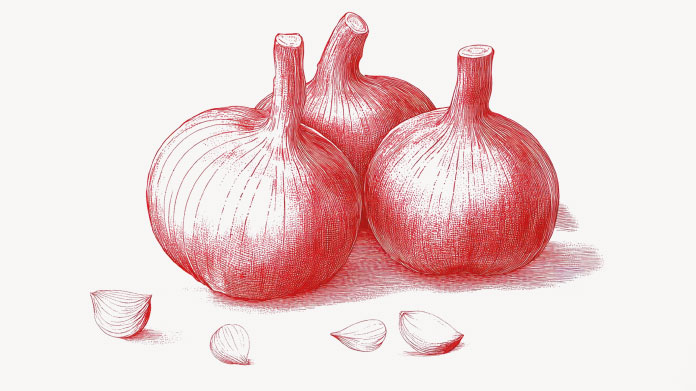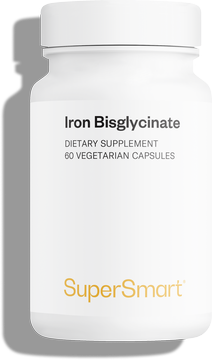Top 10 Anti-cholesterol Foods
We have prepared this list of the ten best foods for regulating, preventing, and reducing bad cholesterol. Include these foods in your menus as regularly as possible.

Sardines
Why? Sardines contain good amounts of omega-3, an essential acidthat protects arteries. Eating three servings of fatty fish (such as sardines or mackerel) per week is recommended to limit cholesterol.
How? Fresh sardines can be cooked whole and eaten grilled. You can marinate sardine fillets in lemon juice and a little olive oil with some chopped onions. Canned sardines are ideal for livening up a salad.
Nuts
Why? Nuts contain the ideal combination of good fats, fibers, and phytosterols, vegetable sterols, which have each proven effective in regulating cholesterol.
How? Include chopped nuts in a salad or ground nuts in a cake.
Apples
Why? Apples contain high amounts of antioxidants, which protect the cardiovascular system, as well as pectin, which prevents the absorption of fat. To take advantage of these benefits, eat 2-3 apples a day.
How? Apples are best eaten raw, with the skin still on. You can also slice apples and add them to yogurt, salads, and cereals.
Oats
Why? Eighty percent of oat fibers are beta glucans, which have the benefit of lowering blood cholesterol.
How? Oat bran, which is especially rich in beta glucans, can irritate the intestines. Eat small amounts of oat bran (never more than three tablespoons per day). Rolled oats, even if whole, are much better tolerated.
Avocados
Why? A recent American study found that eating one avocado per day led to reduced blood cholesterol, largely because avocados contain oleic acids.
How? Avocados are best eaten raw (without vinaigrette or mayonnaise), by themselves or in a salad. Be careful how you eat guacamole, however, as it is generally served with chips.
Chickpeas
Why? Chickpeas are very interesting due to their content of soluble fibers, which reduce absorption of bad cholesterol (LDL).
How? If you buy dry chickpeas, soak them for 24 hours before cooking, changing the water several times. After cooking, chickpeas can be eaten cold (in salads) or hot (in vegetable stir fries, for example). Mix chickpeas with lemon and sesame paste to make hummus.
Soy
Why? Soy isoflavones, which contain polyunsaturated fats and fibers, protect the cardiovascular system and lower blood lipid levels.
How? Tofu, soy yogurt, and soy steak are just a few examples of the great variety of soy-based products.
Flaxseed
Why? Studies have shown that flaxseed (you should eat 20-30 g per day) could lower cholesterol significantly in people with hypercholesterolemia.
How? Sprinkle ground flaxseed liberally in your foods (such as cereals, yogurt, soup, and salad)
Eggplant
Why? Eggplant contains high amounts of soluble fibers, especially protopectins, which have the capacity to “trap” cholesterol. Eggplant also has high antioxidant power, making it a champion in the fight against the oxidation of cholesterol, which leads to arterial plaque formation.
How? Steam eggplant or braise it to limit added fat.
Tomatoes
Why? Tomatoes (like carrots or other colored vegetables) contain lycopene, a powerful antioxidant. An Australian meta-analysis concluded that lycopene helps reduce “bad” cholesterol.
How? Eat tomatoes raw, in salads, mixed in juices, or in soup. You can also cook tomatoes à la provençale or make tomato sauces.
Keywords
5 Days
The products I use are excel·lent
The products I use are excel·lent
ROSAS Josep Maria
13 Days
Delivery is prompt and I never saw a…
Delivery is prompt and I never saw a quality problem with the manufacturing. It is not possible to assess efficacy on a personal basis, since too many factors come into play. Efficacy can only be assessed statistically with a sufficient number of cases.
Roger De Backer
14 Days
I collaborates with the Supersmart…
I collaborates with the Supersmart more than 10 years. Every thing is going good. Quality of the things is good. Delivery comes in time. Five stars definitely !!!
Oleksiy
14 Days
All good
Simple, frictionless site, easy ordering, good delivery updates and execution.
Chris Robbins
16 Days
I feel better
I feel better
Peter Ammann
16 Days
Prompt delivery
Prompt delivery
JAKUB Radisch
18 Days
My new go-to for top quality supplements!
I am buying more and more of my supplements from this superb, high quality company. Cannot recommend it enough. Plus, excellent customer service with a quick, helpful team and speedy deliveries. Highly recommend Supersmart!
Cecilie H.
21 Days
SUPERSMART WHAT ELSE👍
SUPERSMART WHAT ELSE👍
DIEDERLE Christophe
24 Days
Excellent quality products with…
Excellent quality products with innovative formulas, as someone who has been suffering with acid reflux, these supplements have been lifesavers.
Oriana Moniz
24 Days
high quality supplement!
high quality supplement!
GALANT
25 Days
Good service prompt delivery
Good service prompt delivery
Mrs Marcella Reeves
30 Days
I like your clear explanation
I like your clear explanation. And how to make a choice of products for a specific health problem
Ingrid
36 Days
Great product and it arrives quickly.
Great product and it arrives quickly.
SOMMARIVA Gianni
37 Days
Excellent products and fast service.
Excellent products and fast service. What do we need more?
Margarida
41 Days
The variety of products is amazing
The variety of products is amazing, the offers are good and the sending is very fast. I just miss having a bit more of guidance about combinations, possible interactions, etc.
Maria Angeles Verdu





